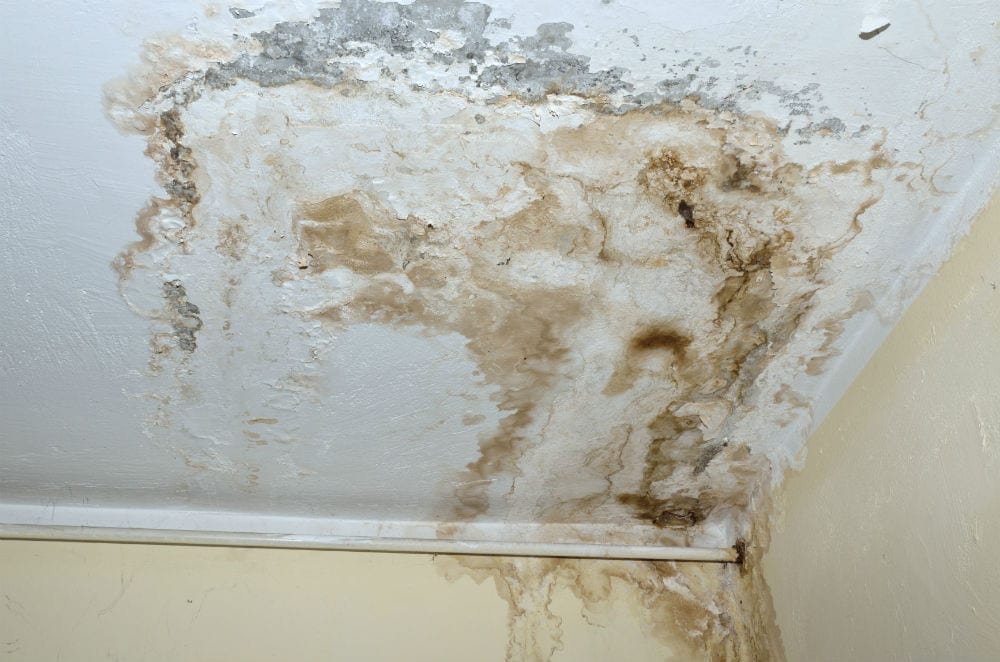Have you been in search of insight around Preventing Fires and Water Damage In Your Home?

Though water provides life, water invasion on components where it's not supposed to be can cause damage. It can peel away surface areas and deteriorate the structure if the water saturates right into your framework. Mold as well as mildew also grow in a damp atmosphere, which can be hazardous for your wellness. Homes with water damage odor moldy and also old.
Water can originate from lots of resources such as hurricanes, floods, burst pipes, leakages, and also sewage system concerns. In case you experience water damages, it would be great to recognize some security preventative measures. Here are a few standards on exactly how to take care of water damage.
Do Prioritize House Insurance Coverage Coverage
Water damages from flood because of hefty winds is seasonal. However, you can also experience an unexpected flood when a faulty pipe instantly ruptures right into your home. It would certainly be best to have house insurance coverage that covers both disasters such as natural catastrophes, and also emergency situations like broken plumbing.
Don't Neglect to Shut Off Energies
In case of a disaster, particularly if you stay in a flood-prone area, it would certainly be recommended to turn off the major electric circuit. This cuts off power to your whole house, preventing electric shocks when water is available in as it is a conductor. Additionally, do not forget to switch off the major water line shutoff. Furniture will move around and also cause damage when floodwaters are high. Having the major shutoff shut off protects against further damage.
Do Keep Proactive as well as Heed Weather Alerts
Pay attention to emptying warnings if you live near a river, lake, or creek . Doing so minimizes possible property damages.
Do Not Disregard the Roofing System
You can avoid rainfall damage if there are no openings and also leaks in your roofing system. This will certainly protect against water from streaming down your walls as well as soaking your ceiling.
Do Take Notice Of Small Leakages
A burst pipe doesn't happen overnight. Generally, there are red flags that suggest you have weakened pipes in your house. You might discover bubbling paint, peeling off wallpaper, water streaks, water stains, or leaking sounds behind the walls. At some point, this pipe will rupture. Ideally, you ought to not wait for things to intensify. Have your plumbing fixed before it leads to enormous damage.
Do Not Panic in Case of a Ruptured Pipe
Maintaining your clearheadedness is crucial in a time of crisis. Due to the fact that it will certainly suppress you from acting quick, panicking will only compound the issue. Timing is vital when it comes to water damage. The longer you wait, the even more damages you can expect. Thus, if a pipeline bursts in your home, quickly shut down your primary water shutoff to remove the source. After that disconnect all electric outlets in the location or switch off the circuit breaker for that part of your home. Ultimately, call a respectable water damage reconstruction specialist for assistance.
Water provides life, water breach on parts where it's not meant to be can result in damage. Residences with water damages odor moldy and also old.
Water damages from flood fees to hefty winds is seasonal. You might see gurgling paint, peeling wallpaper, water streaks, water stains, or trickling sounds behind the wall surfaces. When it comes to water damages, timing is vital.
Some Do's & Don't When Dealing with a Water Damage
DO:
Make sure the water source has been eliminated. Contact a plumber if needed. Turn off circuit breakers supplying electricity to wet areas and unplug any electronics that are on wet carpet or surfaces Remove small furniture items Remove as much excess water as possible by mopping or blotting; Use WHITE towels to blot wet carpeting Wipe water from wooden furniture after removing anything on it Remove and prop up wet upholstery cushions for even drying (check for any bleeding) Pin up curtains or furniture skirts if needed Place aluminum foil, saucers or wood blocks between furniture legs and wet carpet Turn on air conditioning for maximum drying in winter and open windows in the summer Open any drawers and cabinets affected for complete drying but do not force them open Remove any valuable art objects or paintings to a safe, dry place Open any suitcases or luggage that may have been affected to dry, preferably in sunlight Hang any fur or leather goods to dry at room temperature Punch small holes in sagging ceilings to relieve trapped water (don't forget to place pans beneath!); however, if the ceiling is sagging extremely low, stay out of the room and we'll take care of it DO NOT:
Leave wet fabrics in place; dry them as soon as possible Leave books, magazines or any other colored items on wet carpets or floor Use your household vacuum to remove water Use TV's or other electronics/appliances while standing on wet carpets or floors; especially not on wet concrete floors Turn on ceiling fixtures if the ceiling is wet Turn your heat up, unless instructed otherwise

I'm just very fascinated with Reducing Your Risk Of Water And Fire Damage At Home and I hope you enjoyed reading the blog post. Sharing is nice. Helping others is fun. Thank-you for going through it.